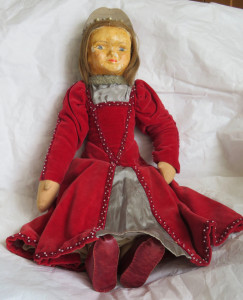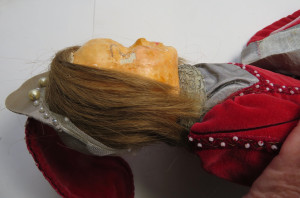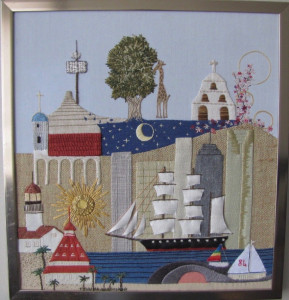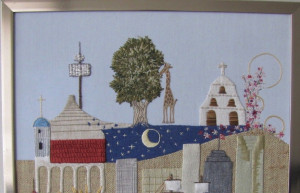Would you believe that the first type of embroidery that was ever created was……….wait for it………….Needle Weaving!! It happened many centuries or even thousands of years BC. Spinning and weaving had already been established of course.
And this is how it happened.

The weaver, having set up his/her loom with warp threads, then wove in the crosswise threads – called the weft. The weft threads were pushed close to each other forming what we know as – fabric. The weaver would leave a space between the rows of weft threads at the point where a hem would be stitched. I think that the next development was the creation of hemstitching which you can see in the top line of stitching in the above photo.
Coloured wool threads were woven into that space between the lines of weft threads forming the first step in needle weaving and the first step in decorating fabric.
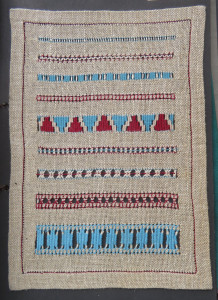
This is the needle weaving sampler I made while a student at the Royal School of Needlework. We now remove both the weft and warp threads to form a hemstitched border around a piece of fabric. I do not know when mitering corners was developed.
Many lines of weft threads can be removed leaving space for more complex needle woven designs. Many of these designs are part of the traditional embroidery techniques of eastern Europe.
I remember working on this sampler while travelling from home to RSN on the London Underground. I was weaving in the weft threads at the ends of the design bars. A young lady was strap hanging just in front of me and attentively watching what I was doing. After awhile, she said, “so that is how that is done. I have always wondered and now I know!”
That is a very long term memory! Because, it was truly, a very long time ago!














